Recognizing the importance of the workforce and recognizing that workers are valuable assets of enterprises, in recent years the Party and State have always paid attention to and implemented many activities to protect, care for and improve the health of workers; including prevention and control of occupational diseases to ensure the quality of human resources, maintain stable production and business activities of units and enterprises, contributing to sustainable development.
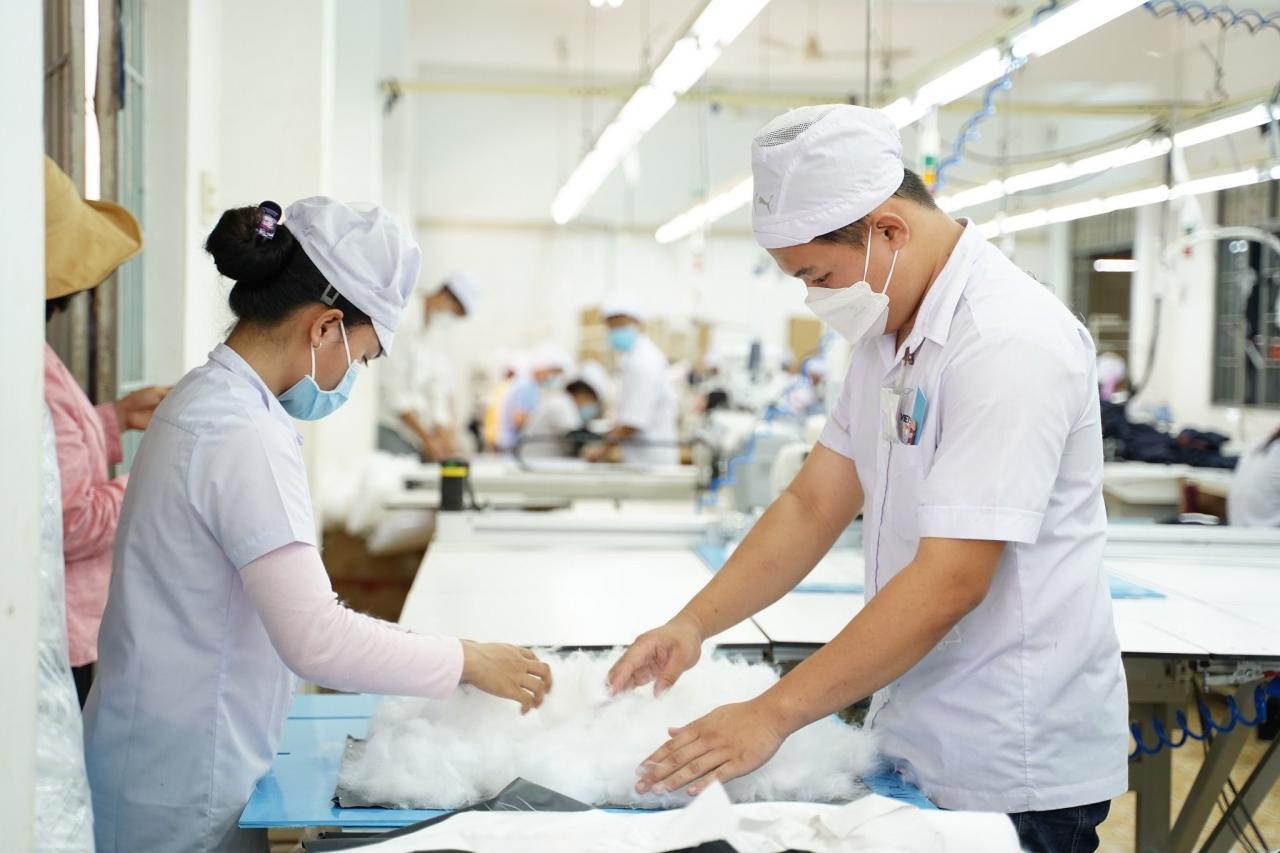
Illustration photo source Internet
With the viewpoint that protecting, caring for and improving workers' health is an investment for the development of the country; is the obligation and responsibility of each worker, employer, the political system and the whole society, requiring the active participation of Party committees, authorities, the Fatherland Front and organizations, sectors, in which the health sector is the core, in which the state plays the role of management, policy building and improvement; creating a favorable environment; mobilizing and effectively using resources, encouraging public-private partnership and private investment.
Employers are responsible for fully implementing regulations on occupational safety and hygiene according to the provisions of law. Aiming to carry out the work of protecting, caring for, and improving the health of workers regularly, continuously, and comprehensively, especially female workers, elderly workers, and workers without labor contracts in agriculture , forestry, fishery, craft villages, etc.; integrating with management activities and primary health care at the grassroots level.
Comprehensive investment in prevention and treatment according to the motto of actively preventing diseases and disabilities at the workplace by controlling and eliminating harmful factors in the working environment, changing the awareness and behavior of employees and employers in protecting and improving health, developing and maintaining healthy living habits, nutrition, and hygiene; early detection and timely treatment of occupational diseases and occupational-related diseases.
Strengthen leadership, direction and coordination of all levels and sectors from central to local levels, between relevant agencies, political and social organizations, professional associations, enterprises and non- governmental organizations in implementing the Program's objectives.
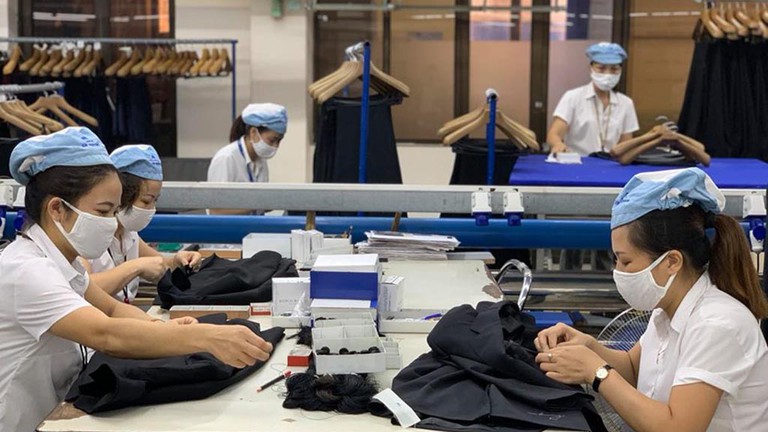
Illustration photo source Internet
Thereby, the Government also proposed many specific solutions such as mobilizing the participation of the entire political system, ministries, branches, localities, agencies, business communities, social organizations, and residential communities to implement and strengthen the system of providing professional and technical medical services and information technology.
Invest in and upgrade equipment, facilities and human resources for the calibration and reference system to ensure the quality of labor environment monitoring, health monitoring, screening, detection and early diagnosis of occupational diseases; first aid at the workplace; treatment, assessment and rehabilitation of occupational diseases and work-related accidents. Strengthen training to improve management and professional capacity for staff in accordance with the requirements of each task according to each objective of the Program; prioritize retraining for grassroots medical staff and medical staff at the workplace on health care services for workers.
Deploy computerization of activities to manage and improve workers' health; synchronize and connect information systems from the labor base to the district, provincial and central levels. Strengthen grassroots health organizations to provide health care services for workers and control harmful factors in the workplace.
Develop guidelines for implementing health care services for workers, managing harmful factors, personal health records; improve health of workers at the grassroots level for small and medium enterprises, craft villages and for workers without labor contracts. Effectively prevent occupational diseases in a number of industries and occupations: occupational infectious diseases in the medical and agricultural sectors; occupational deafness in the mechanical and machine manufacturing sectors; occupational asbestos in the construction sector; occupational chemical poisoning in the leather, footwear, chemical and electronic components manufacturing sectors; occupational pneumoconiosis in the mining, mechanical and metallurgical sectors... minimizing exposure to harmful factors in risky workplaces.
Accordingly, by 2025: 100% of workers exposed to asbestos will be managed for their health and examined for occupational diseases; 100% of workplaces using asbestos will be monitored and monitored for the working environment according to regulations; 100% of people with work-related accidents and occupational diseases will receive first aid at the workplace, medical examination, treatment and rehabilitation; and by 2030: 100% of workers in industrial parks and export processing zones will be consulted and provided with reproductive health care services, HIV/AIDS prevention and breastfeeding (female workers).
In particular, effectively use funding sources including: State budget allocated in the expenditure estimates of sectors, localities and units according to the provisions of the State Budget Law; ODA sources, aid from non-governmental organizations and other legally mobilized sources. Ensure regular budget expenditure for information, propaganda, training, research, occupational disease prevention and data collection, reporting on progress in implementing goals, promoting scientific research, especially in-depth research; mobilizing the broad participation of the scientific community, other agencies and organizations.
Along with establishing a national monitoring system to manage information on workers' health, work-related accidents, occupational diseases, treatment and rehabilitation; Strengthening the application of information technology in directing, operating, monitoring and reporting on occupational health and occupational diseases at all levels./.
Cong Dao














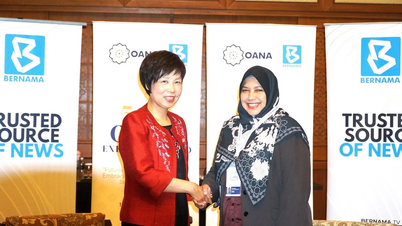





























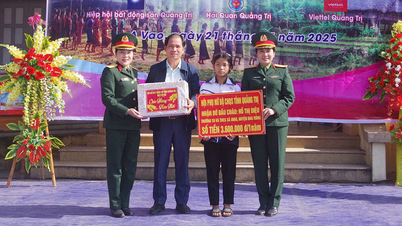





























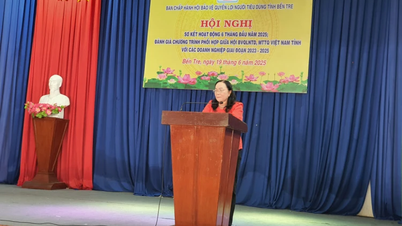




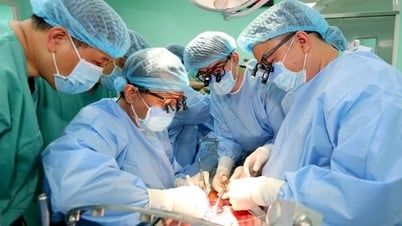













Comment (0)